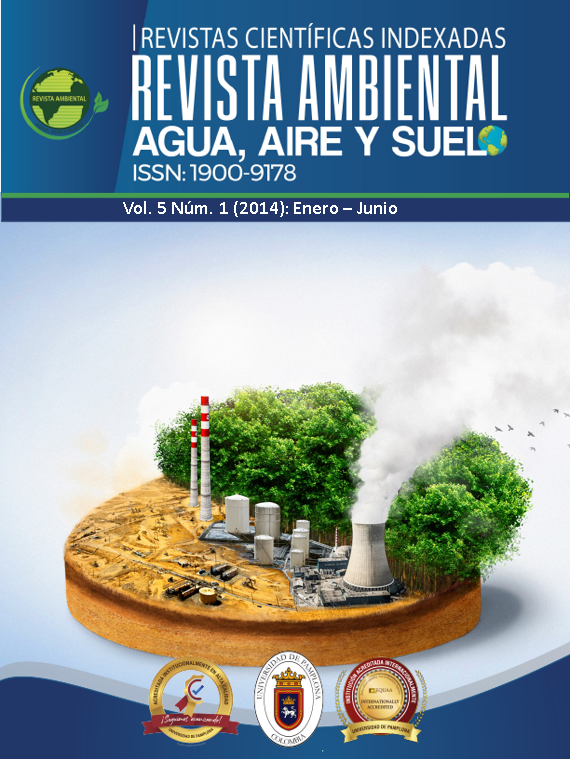Formulation of polyelectrolytes using turbiscan and microscopy, focused on the breakdown of inverse emulsions
DOI:
https://doi.org/10.24054/aaas.v5i1.1991Keywords:
polyelectrolytes , microscopy and emulsionsAbstract
Oil production involves handling large quantities of water, which must be treated to prevent serious environmental pollution problems. Although attempting to generalize the origin of these fluids may seem daring, given the diversity of processes and operations used in this industry, for the sake of brevity, they can be grouped into sour water, brackish water, and reverse emulsions. This work focuses on the resolution of inverse emulsions, which mainly correspond to formation water that accompanies crude oil and is extracted with it during well production.
Downloads
References
Cargnel, R. D., & Luzardo, J. P. (1999, April 21-23). Particle size distribution selection Presentado en SPE Latin American and Caribbean Petroleum Engineering Conference, Caracas, Venezuela.
Meng, F., Fuh, G., & Spencer, J. (2010, September 19-22). Managing geomechanics principles for proper handling of wellbore-stability problems in shale and depletion effects on formations while drilling (Paper SPE 135057). Presentado en SPE Annual Technical Conference and Exhibition, Florence, Italy.
Meng, F., & Fuh, G. (2013, March 26-28). Wellbore stability evaluation guideline for reducing non-productive time (Paper IPTC 16567). Presentado en International Petroleum Technology Conference, Beijing, China.
Downloads
Published
Issue
Section
License
Copyright (c) 2022 REVISTA AMBIENTAL AGUA, AIRE Y SUELO

This work is licensed under a Creative Commons Attribution-NonCommercial 4.0 International License.










